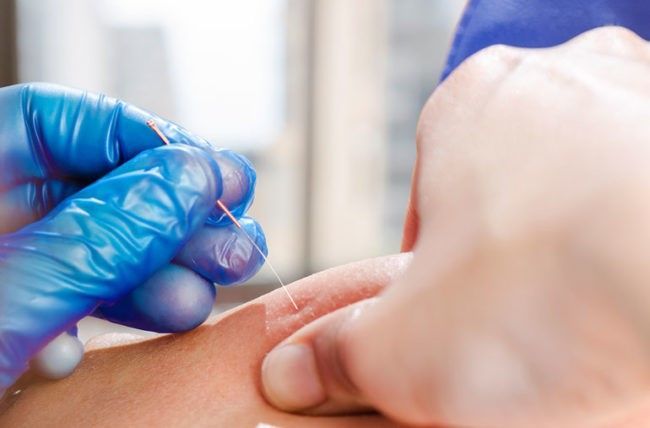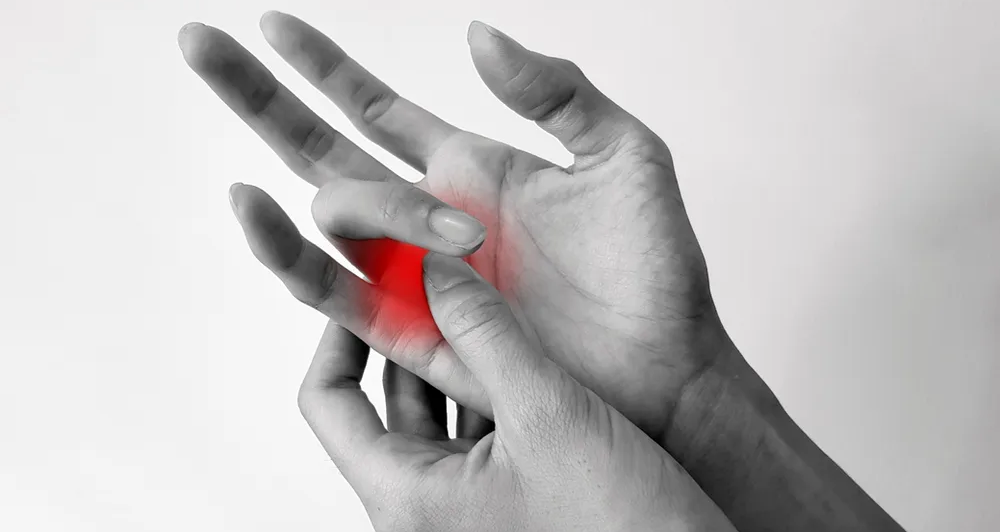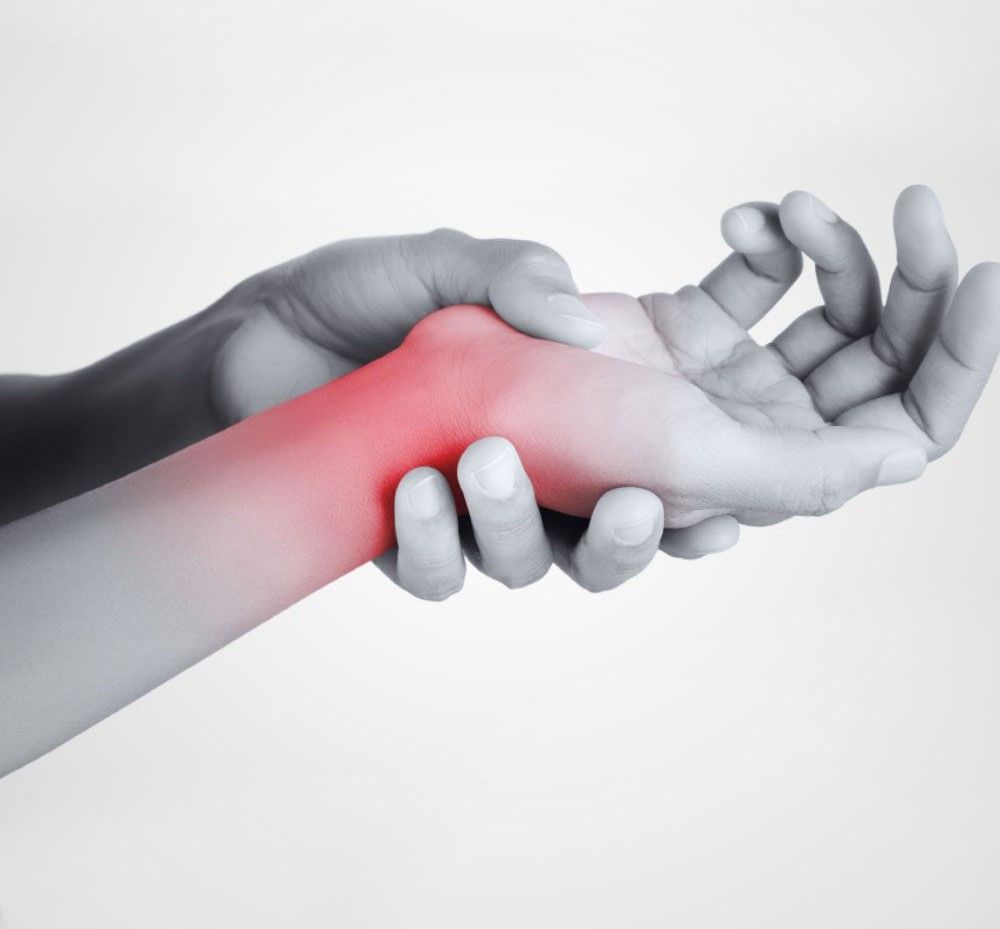Anterior Ankle Impingement
Anterior Ankle Impingement
The ankle is one the most commonly injured joints in sport. In international football, ankle injuries constitute 11-23% of all injuries recorded during FIFA competitions. In lower level amateur players, the rate of ankle injury is quite high, representing 35% of all injuries. A high percentage of these injuries normally involve the lateral ligament complex on the outside of the ankle. However, there are many other conditions which may present very similar, resulting in a longer delay in return to sport.
Anterior ankle impingement, often referred to as footballer’s ankle is characterized by persistent pain at the front of the ankle exacerbated by dorsiflexion (upward movement of the foot). This condition is also characterized reduced ankle mobility, often noticed whilst stretching the calf in standing. Aggravating activities can include squatting, climbing stairs or hills and sprinting. The athlete may also report feelings of instability around the joint.
Ankle impingement can be a result of bony or soft tissue changes, sometimes both. It often presents as a result of an ankle sprain, recurrent ankle sprains or activities that require repeated dorsiflexion such as landing or deep squatting. Repeated compression at the front of the joint can result in pinching of the joint capsule and synovium which will eventually cause pain. This can also lead to bony changes at the front of the talus or tibia, which can accelerate repeated ankle sprains.
A Charted Physiotherapist will look take a thorough subjective history and in depth clinical examination to aid diagnosis. A plain x-ray can also be a good aid and is a very useful investigation in the case of ankle impingement.
Load management is key in terms of non-surgical management of ankle impingement. Being able to avoid the aggravating activity is important. An exercise programme will be developed to address deficits identified in the clinical examination to facilitate a successful return to sport. If other interventions fail, a steroid injection may help or arthroscopic debridement surgery can give a good results. Working closely with your physiotherapist will determine which course of treatment is best.
ModernDigital - Donegal Web Design




